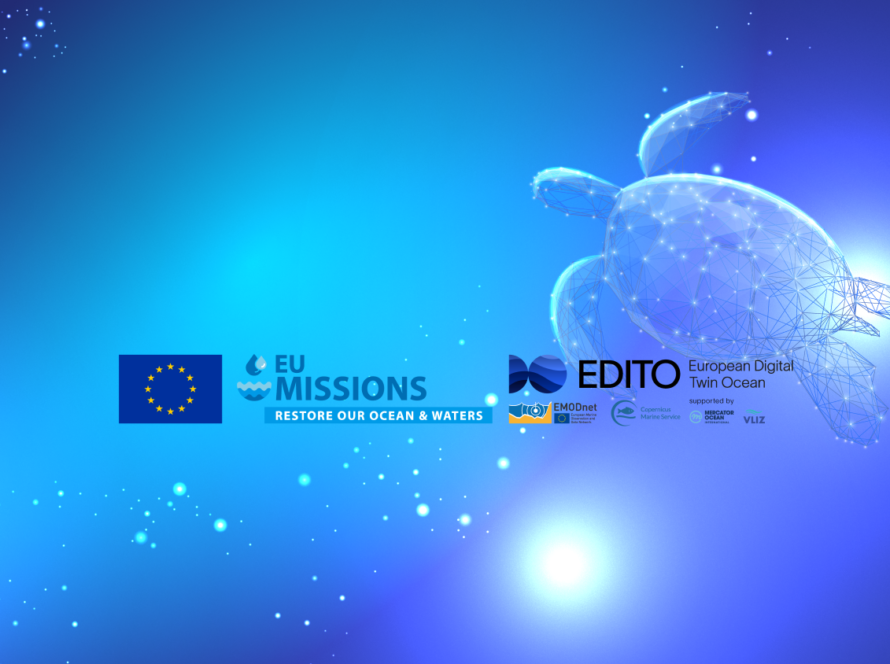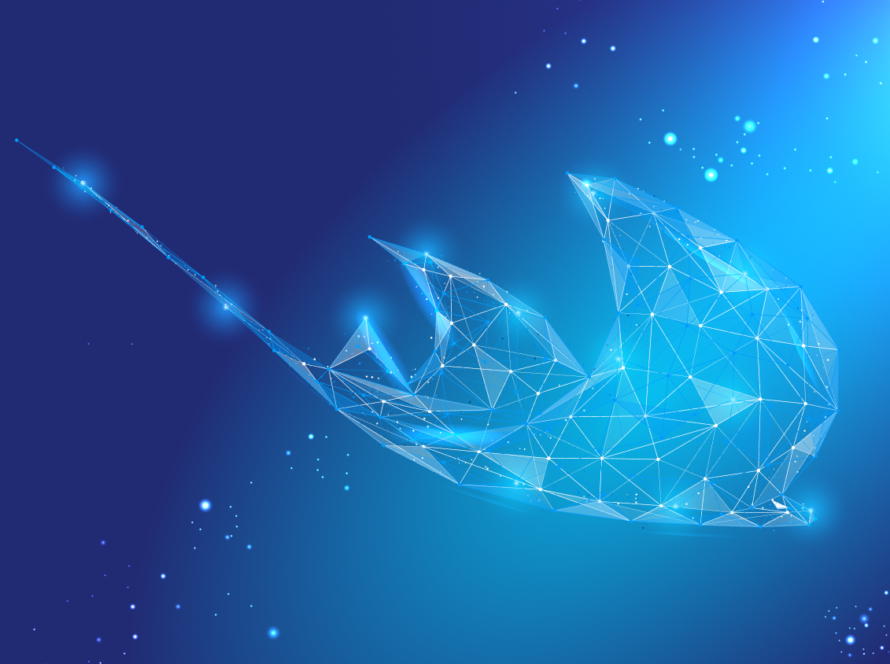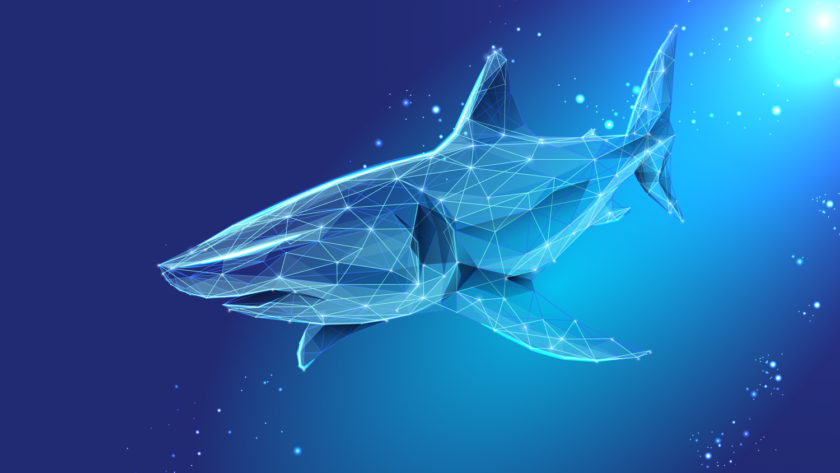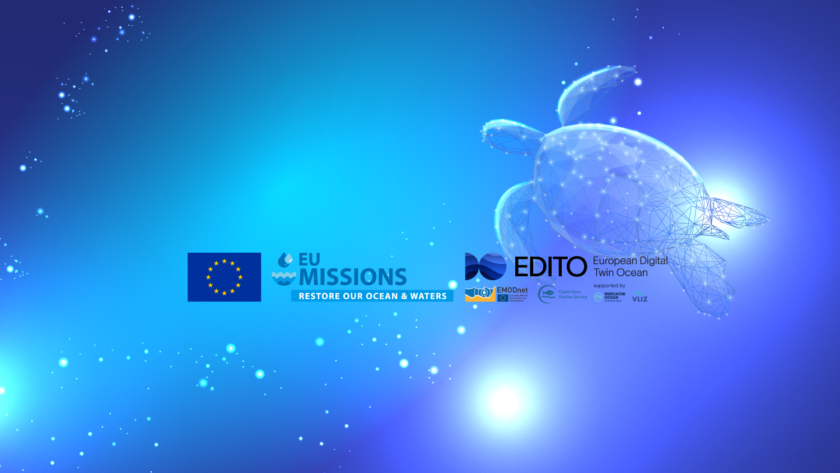How might we use collaborative science to advance the knowledge of marine ecosystems and species?
Marine ecosystems and their diverse species play a vital role in our lives. They regulate the Earth’s climate and are a primary source of food for billions of people. They support numerous economic activities and provide livelihoods for coastal communities around the world.
However, from plankton — the fabric of the ocean — to fisheries, our knowledge of species and ecosystems remains difficult to analyze with integrative approaches. With your help, we can hack available data to address important knowledge gaps.
You May Also Like
How could you tackle this challenge? Here are some ideas for inspiration. Using the resources provided across the Blue-Cloud Virtual Research Environment (including those available in:
- VLab “Plankton Genomics”
- VLab “Global Fisheries Atlas”
- “Ecosystem-level Essential Ocean Variables Workbench” VLab
You could:
- Map the geographical distribution of important genomic pathways within small planktonic organisms from genomic data.
- Map the geographical distribution of key life history traits of planktonic organisms, accessible from imaging data.
- Overlay planktonic organism data with fisheries data on a particular area (e.g., a water area) and compare their time-dependent data (e.g., increases in phytoplankton or zooplankton preceding increases in the corresponding stocks in these areas).








